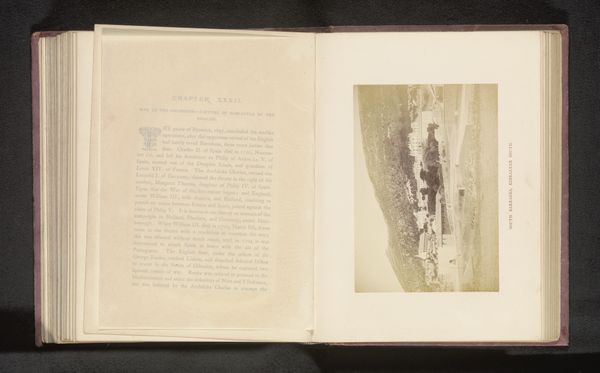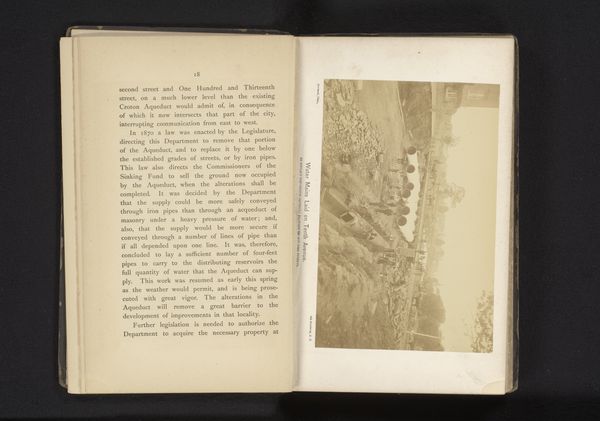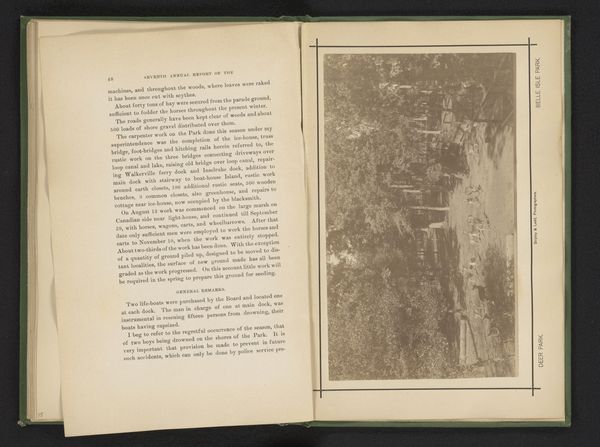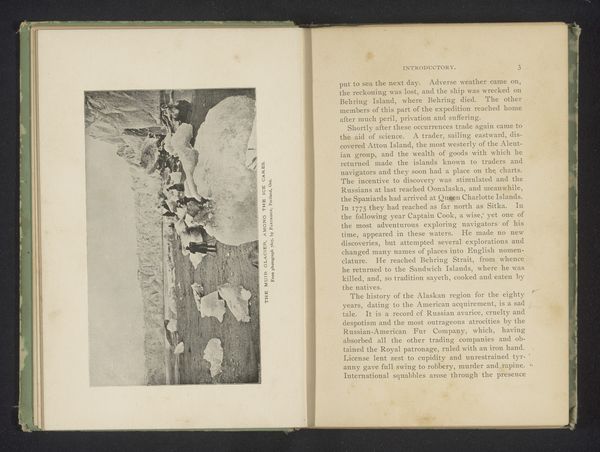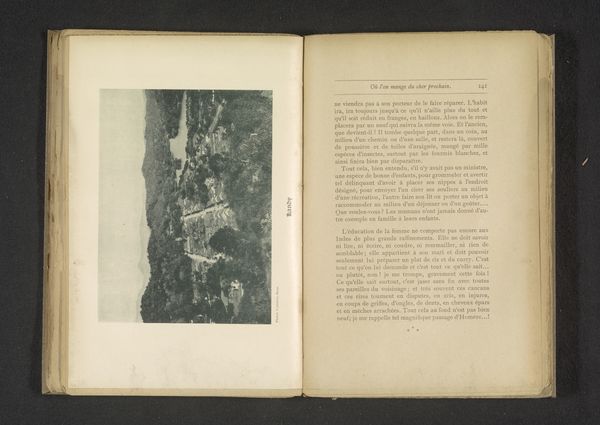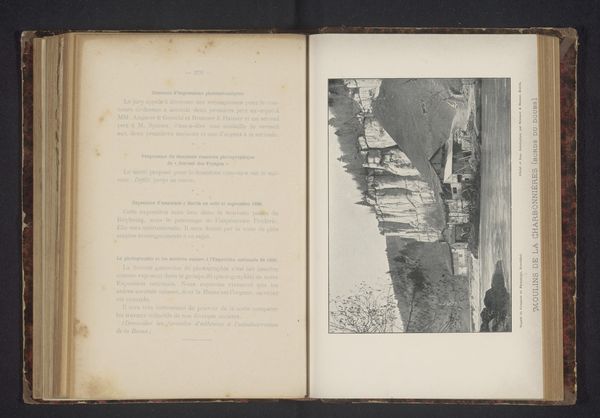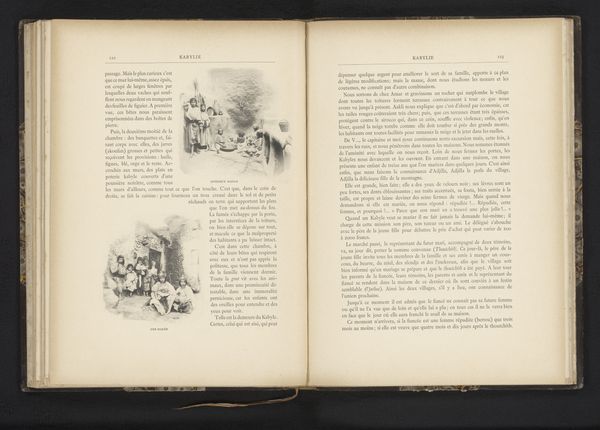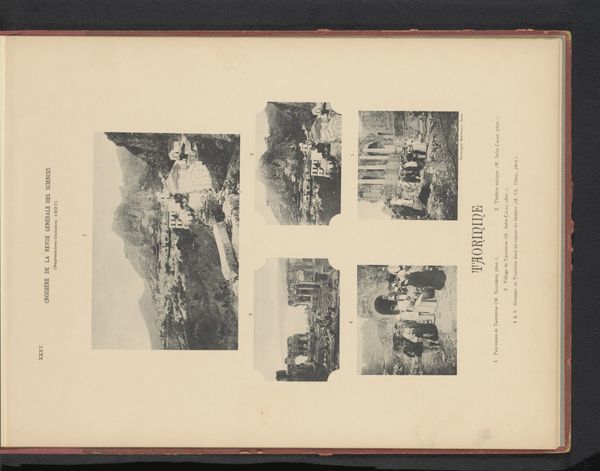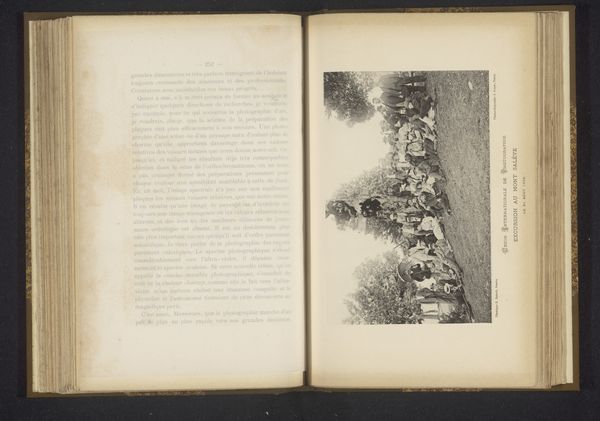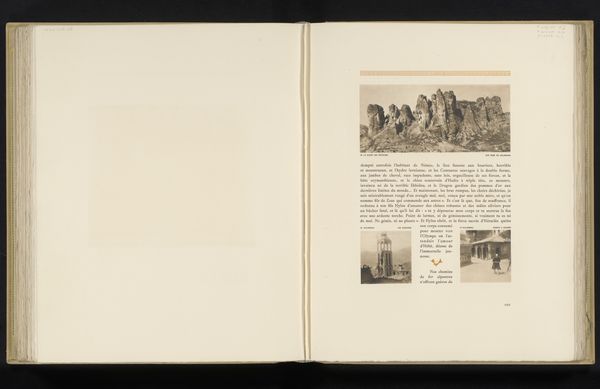
print, photography, engraving
# print
#
landscape
#
photography
#
orientalism
#
street
#
engraving
#
watercolor
Dimensions: height 95 mm, width 116 mm
Copyright: Rijks Museum: Open Domain
Curator: Here we have a photogravure—that’s photography combined with engraving—by Jules Gervais-Courtellemont, titled "Drie vrouwen op straat in Biskra, Algerije," which translates to "Three Women in a Street in Biskra, Algeria." It dates from before 1893. I’m struck, looking at it now, by the feeling of stillness... or perhaps, veiled motion? Editor: I feel it too! It's fascinating how the artist captures a kind of suspended moment. It evokes questions of visibility and representation within the Orientalist tradition. The three women are central to the photograph, of course, but their representation invites dialogue about the historical context of colonialism, voyeurism, and the exoticization of non-Western cultures. Curator: Absolutely. The medium, being a photographic print, lends a kind of assumed authenticity that I wonder about, especially considering it belongs to a style dubbed "Orientalism." This makes me consider issues around photographic truth and staging... How much are we seeing what *was*, and how much what was *performed*? It also raises an eyebrow regarding how Western eyes perceived and projected fantasies onto the East. Editor: The term "Orientalism," coined by Edward Said, speaks directly to your point. This framework is essential here, encouraging us to critically examine this artwork as a representation deeply embedded within power structures. Questions like: Who gets to represent whom, and how? Whose gaze are we adopting when we look at this print? Curator: Well, that gaze, whether imposed or found, lands on clothing, concealing the women from head to toe. Are the billowing folds concealing their true selves or do they reveal them to be important figures? Editor: The attire is central, isn’t it? The deliberate obscuring can signify a multitude of social and cultural dynamics—religious practice, identity expression, and resistance to colonial observation. This artistic rendering allows reflection on individuality and self-expression in a complex setting that existed back then and persists today in many globalized cultures. Curator: Precisely. Thinking of these intricacies, looking into this, I begin to wonder: what kind of story did Gervais-Courtellemont want to tell—or sell, perhaps?—and which did he eventually manage to express? It's lovely when art can set my mind spinning. Editor: Art should inspire questions. For me, that starts with this work positioning women from the Maghreb as both subjects and objects within an Orientalist frame. It provides avenues for deeper dialogue about the intertwined and persistent complexities of cultural exchange, identity construction, and representational politics.
Comments
No comments
Be the first to comment and join the conversation on the ultimate creative platform.


